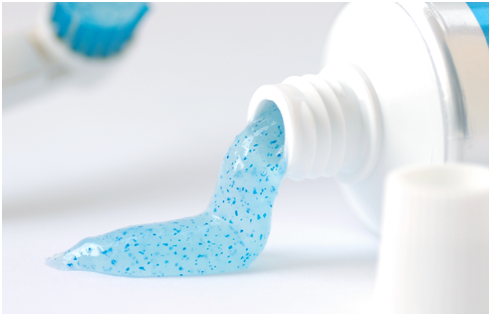7667766266
enquiry@shankarias.in
What is the issue?
What are microbeads?

What are the concerns?
What are the desired actions?
Quick Facts
Source : The Hindu